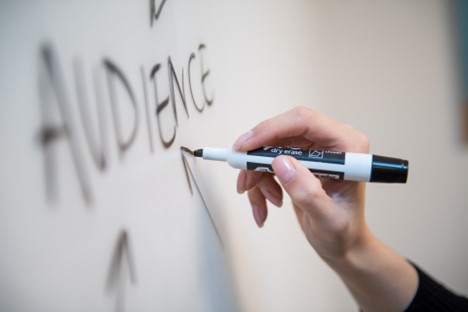Last updated on April 17th, 2023 at 12:58 am
You’ve seen it before — the blinding red and blue lights of a police vehicle pop up in your rear-view mirrors. You pull to the side, and before long, a sudden gust of wind and the distant sound of a siren are all that’s left behind. While everyone knows that this is the default signal for police cars in a hurry, not many people actually know what the lights mean.
Have you ever wondered why dash lights and emergency lights use red and blue? Below, we discuss the meaning behind the colors, why they’re used, and why you may need to start using them yourself.
Color Association to Police Lighting
If you’ve learned about color theory, you’ll know that we associate colors with specific things even if we don’t mean to or realize it. Color theory examines how certain colors can be used to impact decision-making, control mood, and process information.
Through the application of color theory, we are influenced from all directions while going about our daily lives. From advertisements to product labels to films, we’re encouraged to think of certain things as appetizing, clean, eco-friendly, good, evil, or anything else that the designer had in mind while choosing a color scheme.
This makes it no surprise that color theory is also applied to something as important as police lights.
Red is the color of danger, and the human brain quickly responds to it. (This is why we made stop signs red.) The color red also evokes awareness and alertness, which is exactly what the police want from citizens when they turn on their lights.
Because lights and sirens are all about giving warnings and alerting others on the road to potential problems, red is a natural choice for a warning sign, making this a very effective application of color theory.
The Problem With Brake Lights
The impact that the color red has on our brains shouldn’t be underestimated — it has been used countless times in history to warn us of possible dangers. Unfortunately, this concept has become all too popular, which is why every car has been built with red brake lights.
While it’s easy to understand why car manufacturers did this — after all, it’s in our nature to stop when we see the color red — it can quickly get confusing on the road. Many warning signs use the color red, making it difficult for drivers to jump to a quick conclusion when they see it. Should they slow down because the car in front of them is braking? Should they stop entirely at an intersection? Or do they need to pull over to allow police vehicles to speed by or have a word with them?
Unfortunately, the many red signals end up competing with each other in drivers’ brains. Because it’s become such an overused color, it has lost some of its purpose.
Luckily, this problem was solved by adding a second color to police lights: blue. We’ll get into the when and the why below.
Why Blue was Added
In the 1960s, the color blue was added to police lights in most states. While some states still only allow police cars to sport red lights, they are no longer the majority. In some states, police lights are now only blue, and in others, police use a combination of blue and red.
This was done for a few reasons: first, because there aren’t many other blue lights or signs on the roads, it makes police cars easily distinguishable from others. This solves the issue of conflicting signals that we discussed above.
Second, it greatly improves visibility. It’s easier to see red lights during the day, while blue lights are easier to see at night. This makes police lights easy to spot no matter the time of day. Plus, while red/green color blindness is very common, blue color blindness is extremely rare, making it easier for colorblind individuals to spot and identify police lights.
Third, continuing with color theory, blue calls to mind feelings of stability and authority. In combination with the blue of some police officers’ uniforms, this encourages civilians to see them as reliable figures of authority on the road, obey them when being pulled over, and allow them safe expedited passage through the streets during an emergency.
Conclusion
While the exact colors of police lights vary from one state to the other, the norm has now become a combination of red and blue, evoking urgency and quick responses while reassuring drivers that the police officer behind the wheel has the authority and capability to handle the issue at hand.
If you’re looking for high-quality dash lights or emergency lights, be sure to visit our website. We offer a wide selection of emergency dash lighting, so you’ll certainly find something that suits your needs.
Discover more from TechyGeeksHome
Subscribe to get the latest posts to your email.










